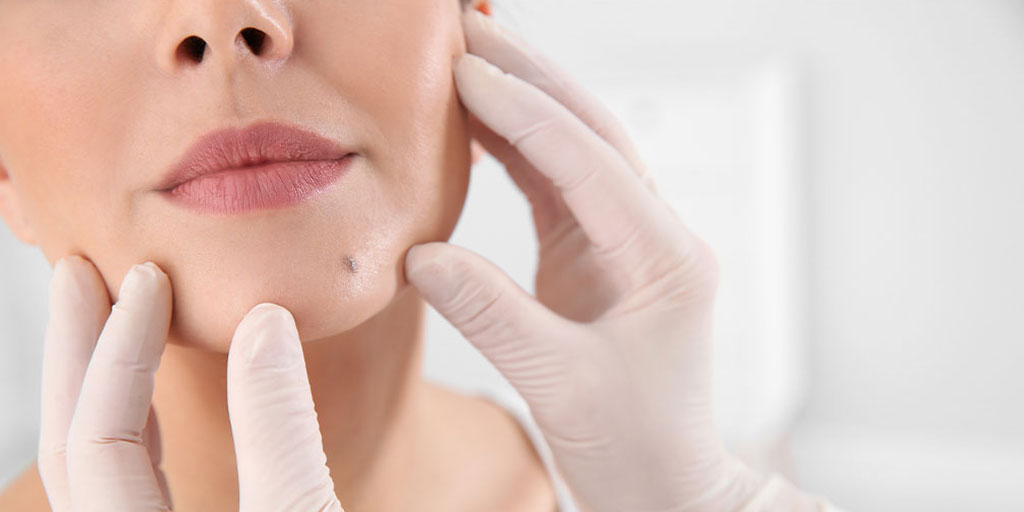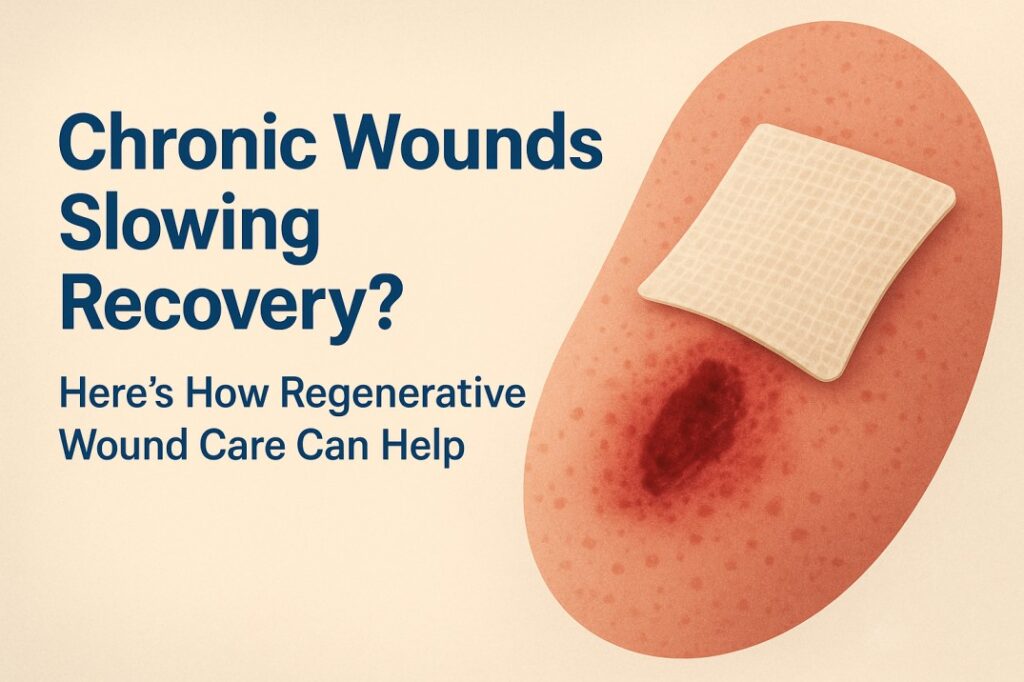Mole removal is a common dermatological procedure performed for both cosmetic and medical reasons. While modern techniques ensure minimal discomfort and quick recovery, many people worry about scarring after mole removal. The truth is that some level of scarring is possible, depending on factors like the mole’s size, removal method, and your skin’s healing process. However, with proper care and advanced treatments, scars can be significantly reduced.
If you’re considering Mole Removal in Islamabad, this guide will help you understand the risk of scarring and how to minimize it for smooth, blemish-free skin.
Does Mole Removal Always Leave a Scar?
Scarring is a natural part of the skin’s healing process, but the extent varies based on:
✔ Removal Method – Some procedures cause less trauma to the skin, reducing the risk of visible scars.
✔ Mole Type & Depth – Deep-rooted moles are more likely to leave scars than superficial ones.
✔ Skin Type – Some people are prone to hypertrophic scars or keloids, while others heal with barely visible marks.
✔ Post-Treatment Care – Proper wound care can help reduce scarring and promote smooth healing.
While no method guarantees 100% scar-free results, choosing the right treatment and aftercare can significantly reduce the risk.
Which Mole Removal Methods Cause the Least Scarring?
1. Laser Mole Removal
✔ Procedure: A high-intensity laser breaks down the mole’s pigment without cutting the skin.
✔ Scarring Risk: Minimal – best for flat, small moles.
✔ Healing Time: 1-2 weeks.
???? Why it’s better for scarring? Since there’s no incision, the risk of stitches or deep scars is lower.
2. Cryotherapy (Freezing with Liquid Nitrogen)
✔ Procedure: The mole is frozen and falls off naturally.
✔ Scarring Risk: Low – may leave a slight discoloration.
✔ Healing Time: 1-3 weeks.
???? Best for: Small, superficial moles with minimal risk of keloid formation.
3. Shave Excision
✔ Procedure: The mole is shaved off at skin level with a scalpel.
✔ Scarring Risk: Low – results in a flat, skin-colored mark.
✔ Healing Time: 1-2 weeks.
???? Best for: Raised moles that don’t require deep cutting.
4. Surgical Excision (Highest Scarring Risk)
✔ Procedure: The mole is cut out along with some surrounding tissue and closed with stitches.
✔ Scarring Risk: Moderate to high – depends on stitching technique and aftercare.
✔ Healing Time: 2-4 weeks.
???? Best for: Deep-rooted, large, or potentially cancerous moles.
How to Minimize Scarring After Mole Removal
No matter which method is used, proper care and preventive measures can reduce scarring.
1. Follow Aftercare Instructions Strictly
Your dermatologist will provide specific post-procedure guidelines. Some general tips include:
✔ Keep the wound clean and covered for the first few days.
✔ Avoid scratching, rubbing, or picking the scab.
✔ Change dressings regularly to prevent infection.
✔ Apply dermatologist-recommended ointments like antibiotic creams.
2. Use Scar-Reducing Treatments
Once the wound has closed, start scar-minimizing treatments to improve healing.
✔ Silicone Gel or Sheets – Clinically proven to flatten and fade scars over time.
✔ Vitamin E Oil – Can help moisturize and improve skin elasticity.
✔ Aloe Vera Gel – Reduces inflammation and speeds up healing.
✔ Onion Extract Creams (e.g., Mederma) – Help fade scars gradually.
⏳ When to Start? Begin 2-3 weeks after mole removal once the skin has healed completely.
3. Avoid Sun Exposure on Healing Skin
Direct sun exposure darkens scars and makes them more noticeable.
✔ Always apply SPF 30+ sunscreen to the treated area.
✔ Cover the area with a bandage or clothing if outdoors.
✔ Avoid sunbathing or tanning for at least 2-3 months.
???? Why? UV rays cause hyperpigmentation, making scars look worse!
4. Keep the Skin Moisturized
✔ Use fragrance-free moisturizers to keep the area hydrated.
✔ Avoid harsh skincare products like exfoliators until fully healed.
✔ Drink plenty of water to aid skin regeneration.
5. Try Professional Scar Reduction Treatments (If Needed)
If a scar remains after several months, you may consider advanced dermatological treatments:
✔ Laser Scar Removal – Uses laser resurfacing to fade scars.
✔ Chemical Peels – Helps remove the top layer of damaged skin.
✔ Microneedling – Stimulates collagen production to improve skin texture.
✔ Steroid Injections – Reduces raised or keloid scars.
???? Tip: Consult a dermatologist after 3-6 months if scars are still visible!
How Long Does It Take for a Mole Removal Scar to Fade?
Scars take time to mature and fade. Here’s a general timeline:
???? 1-4 Weeks: Initial redness and healing.
???? 2-6 Months: The scar starts fading.
???? 6-12 Months: Most scars become barely noticeable.
⏳ Patience is key! Using proper scar treatments can speed up the fading process.
Who Is More Prone to Scarring?
Some people are more likely to develop noticeable scars due to genetics or skin type.
✔ Darker skin tones – Higher risk of hyperpigmentation or keloids.
✔ People with keloid-prone skin – Raised scars may develop.
✔ Individuals with slow wound healing – Can result in thicker scars.
???? If you have a history of bad scarring, inform your dermatologist before treatment!
Conclusion: Achieve Smooth, Scar-Free Skin with Professional Mole Removal
While mole removal may leave minor scars, choosing the right procedure, proper aftercare, and scar-reducing treatments can significantly minimize their appearance.
For safe, effective, and scar-minimized mole removal, consider booking a consultation at Dynamic Clinic. Their experienced dermatologists use advanced techniques to ensure minimal scarring and the best aesthetic results.









